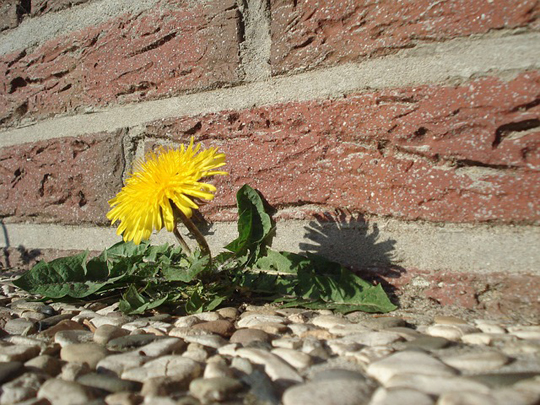
Survival Foraging
Foraging is simply the act of searching for and acquiring food. Foraging is typically associated with a wilderness environment but urban dwellers can forage as well. Nomadic tribes in years past were nomadic because once they had foraged in an area for a while the food source was depleted and they had to move on. Indigenous people knew the growing seasons well and often would move back to a previous location because a certain food was once again available. Foraging can also include fishing and hunting.
Foraging is not to be confused with looting or stealing and some so-called survivalist depict foraging as the act of acquiring supplies by any means possible, particularly in an urban environment. Regardless of your environment, there are things that it will provide if you know what to look for and know where to look without having to take from others.
Keep in mind while there are hundreds if not thousands of species of edible plants on the planet there are as many if not more that are toxic to humans. Know what you are eating and if unsure do not eat the plant. The myth that if birds and animals are eating the plant or berry then it must be ok for humans is simply not true. The moonseed is just one example of a berry that birds love but can be fatal to humans. The common box turtle diets on mushrooms that are poisonous to humans so do not assume anything is edible because you see an animal eating it.
Urban Foraging
During a crisis in an urban environment, you cannot walk out to the barn and gather eggs or pick up a chicken for dinner that night out of the pen. The local stores and warehouses will have been looted in the first few hours and days following any disaster leaving you without a means to resupply.
To prepare for a crisis in an urban environment you should start now mapping out possible food sources, such as vacant lots, backyard and patio gardens that may be abandoned during the crisis as well as commercial plant nurseries and commercial or private greenhouses. These will be sources of fresh food during a crisis because the owners may very well flee their homes and businesses because of the disaster. You should take advantage of these sources before others do or the plants die from lack of care.
Edibles You Are Likely To Find In an Urban Environment
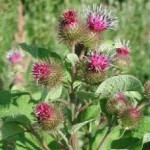 Burdock is very common in vacant lots, along roadways and in some backyards that have not been kept up. Most consider burdock a nuisance weed but in many parts of the world, it is cultivated for its roots. Do not peel or clean the roots after harvesting unless you plan to eat them right away because the skin and soil will help preserve the root. Cut the roots in to small pieces and sauté in oil or boil for 20-30 minutes, until tender.
Burdock is very common in vacant lots, along roadways and in some backyards that have not been kept up. Most consider burdock a nuisance weed but in many parts of the world, it is cultivated for its roots. Do not peel or clean the roots after harvesting unless you plan to eat them right away because the skin and soil will help preserve the root. Cut the roots in to small pieces and sauté in oil or boil for 20-30 minutes, until tender.
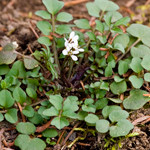 Hairy Bittercress is considered a weed by most people but it is an emergency food source. It can be found growing in rocks, corners of the yard, mulch beds and along roadways.
Hairy Bittercress is considered a weed by most people but it is an emergency food source. It can be found growing in rocks, corners of the yard, mulch beds and along roadways.
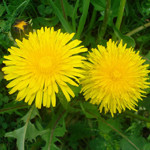 The Dandelion of course is a very common plant and most know what it looks like. The buds are best eaten before it flowers but can be eaten at anytime of the year. All parts are edible, use as you would any salad green or cook like spinach and other types of greens. You will probably find enough dandelions in your very own backyard right now for a meal.
The Dandelion of course is a very common plant and most know what it looks like. The buds are best eaten before it flowers but can be eaten at anytime of the year. All parts are edible, use as you would any salad green or cook like spinach and other types of greens. You will probably find enough dandelions in your very own backyard right now for a meal.
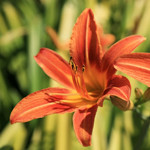 Daylilies are typically cultivated in backyard gardens for their beautiful flowers and foliage. However, they are edible and can be a reliable food source because they are perennials that will produce more plants each year. All parts of the plant are edible at any time of the year but the roots are especially sought after. The tubal roots can be eaten raw or boiled. Find the daylilies in backyards gardens and occasionally growing wild in roadside ditches.
Daylilies are typically cultivated in backyard gardens for their beautiful flowers and foliage. However, they are edible and can be a reliable food source because they are perennials that will produce more plants each year. All parts of the plant are edible at any time of the year but the roots are especially sought after. The tubal roots can be eaten raw or boiled. Find the daylilies in backyards gardens and occasionally growing wild in roadside ditches.